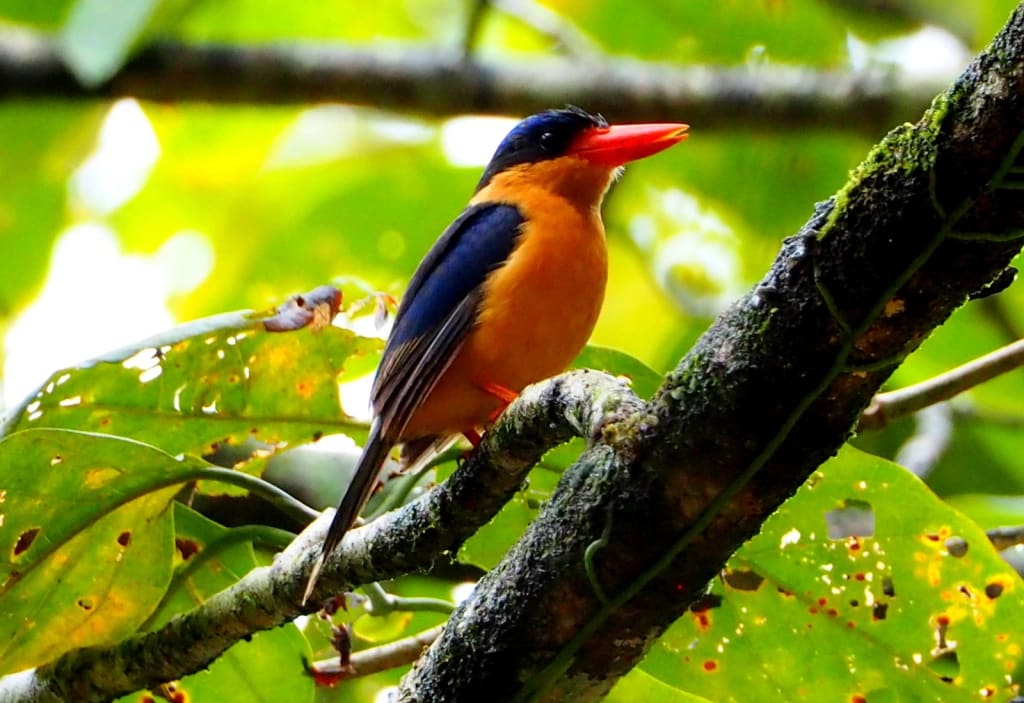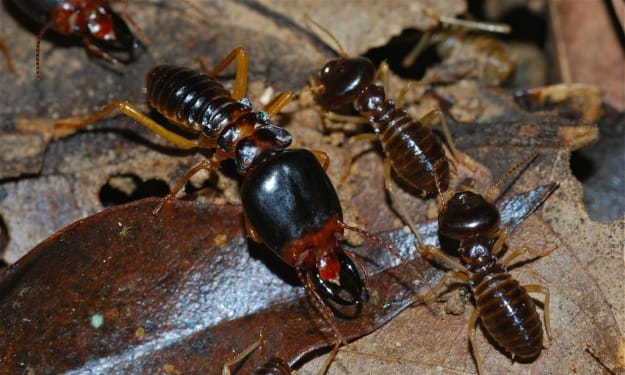
The Buff-breasted Paradise Kingfisher (Tanysiptera sylvia) is a stunning bird known for its vibrant plumage and unique behaviors. Found primarily in the tropical rainforests of Papua New Guinea and surrounding regions, this species has captured the attention of ornithologists and bird enthusiasts alike. Let's delve into the full history of the Buff-breasted Paradise Kingfisher in 1000 words.
The scientific name, Tanysiptera sylvia, reflects the genus Tanysiptera, which encompasses several species of paradise kingfishers. The specific epithet, sylvia, is a nod to the Latin word for forest, emphasizing the bird's habitat preference. The Buff-breasted Paradise Kingfisher belongs to the Alcedinidae family, which includes kingfishers renowned for their vibrant colors and specialized hunting techniques.
These striking birds are medium-sized, with an average length of 28-30 centimeters. The males are particularly breathtaking, featuring a bright turquoise crown, cobalt-blue wings, and a distinctive buff-colored breast that gives the species its name. Females, while less vivid, display a more subtle charm with a turquoise crown and a slightly duller plumage. The Buff-breasted Paradise Kingfisher's appearance is a testament to the wonders of evolutionary adaptation, providing both camouflage in their lush green surroundings and a means of attracting mates.
These kingfishers are primarily insectivorous, relying on their keen eyesight to spot prey from perches within the dense foliage. Their diet includes a variety of insects, small invertebrates, and occasionally small vertebrates. Like other kingfishers, they possess a sharp, pointed bill designed for efficient capturing of prey.
The breeding behavior of Buff-breasted Paradise Kingfishers is equally fascinating. Breeding season typically occurs during the Austral summer, from October to February, aligning with the region's wet season. During courtship, males showcase their vibrant plumage, engaging in elaborate displays to attract females. Once a pair forms, they work together to excavate a nest hole in a decaying tree, riverbank, or similar substrate. The female then lays a clutch of two to three eggs, and both parents take turns incubating them.
The incubation period lasts about 19-21 days, and after hatching, the chicks are cared for diligently by both parents. The nesting period extends for several weeks, during which the adults tirelessly forage to feed their hungry offspring. The Buff-breasted Paradise Kingfishers' dedication to parental care highlights the importance of cooperation in ensuring the survival of their progeny.
Despite their captivating presence, these kingfishers face various threats in their natural habitat. Deforestation, driven by logging and agricultural expansion, poses a significant risk to their lush rainforest homes. The fragmentation of these habitats limits the available breeding and foraging grounds for the Buff-breasted Paradise Kingfisher, potentially disrupting their life cycle. Additionally, climate change poses a threat by altering the delicate balance of ecosystems and affecting the availability of prey.
Conservation efforts are underway to protect the Buff-breasted Paradise Kingfisher and its habitat. Local and international organizations collaborate to establish protected areas, promote sustainable forestry practices, and raise awareness about the importance of preserving biodiversity. Researchers also conduct studies to better understand the species' ecology and behavior, providing valuable insights for targeted conservation strategies.
Photography and ecotourism play a dual role in the conservation narrative. While the allure of capturing the Buff-breasted Paradise Kingfisher's beauty through photography attracts enthusiasts and supports local economies, it is crucial to balance these activities with measures to minimize disturbance to the birds and their habitats.
In conclusion, the Buff-breasted Paradise Kingfisher stands as a symbol of the incredible biodiversity found in the rainforests of Papua New Guinea and neighboring regions. Its vibrant plumage, intricate behaviors, and the challenges it faces underscore the delicate balance between human activities and the preservation of natural wonders. Through dedicated conservation efforts, there is hope that these magnificent birds will continue to grace the tropical landscapes for generations to come.






Comments
There are no comments for this story
Be the first to respond and start the conversation.